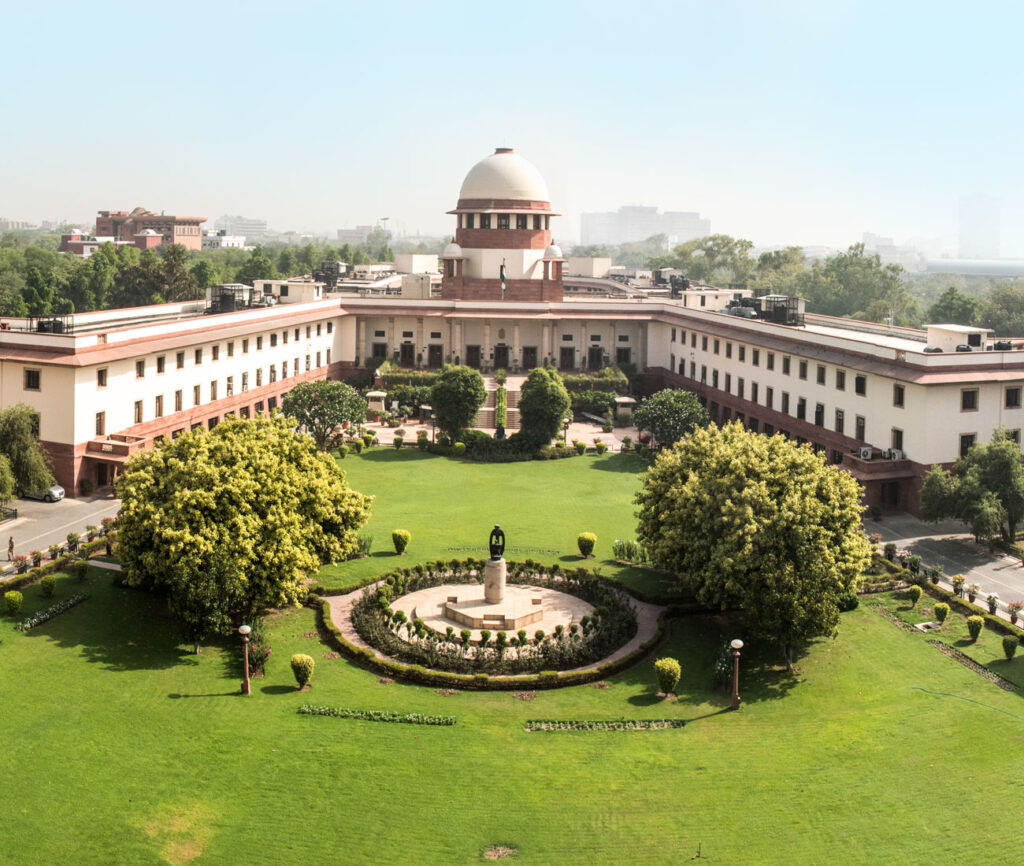New Delhi, Dec 16.
The Supreme Court is wrong in firmly shutting the door on the possibility of setting up any High Court benches in any part of the country.
The court said that the advance of technology had ensured greater connectivity between courts and obviated the need to set up any new benches everywhere.
The top court’s words were said in anger, after a lawyers’ strike for a separate Sambalpur bench in Odisha’s tribal belt turned violent and needed reconsideration.
Justice cannot be left to the vagaries of technology.
Virtual court links can snap during natural disasters and could also be strategically used by the corrupt in the system to muffle the inconvenient, politically sensitive cases as seen in the Ashish Mishra Teni or the Bilkis Bano cases.
Long-drawn out proceedings and cross-examinations can only be conducted in person.
The Justice Jaswant Singh commission did indeed say that if there is a bench within a minimum distance of 300 km there was no need to set up any. But there are practical difficulties galore on the road to justice.
Sambalpur may be 300 km away, but it takes an arduous 7-hour road journey to the capital Bhubaneswar. The High Court is another 45 minutes away in the hoary old capital city of Cuttack.
It is not only a bench that the lawyers are demanding. It is also additional buildings, infrastructure and staff – all woefully inadequate in the periphery of a poor state like Odisha.
The Odisha High Court through senior advocate Arvind P. Datar urged the top court to close the doors once and for all on the possibility of more benches for fear that it would lead to competitive demands from many places.
He cited the multiple demands coming from underdeveloped western Odisha to back his claim. That’s no reason to refuse to hear democratic demands. One could always set up a commission to examine the claim and reject it after hearing the stake-holders.
A new bench in any of the tribal districts would go a long way in assuaging the tribal-coastal (non-tribal) divide in the state. There is nothing wrong either in lawyers articulating a popular demand or pushing locals around to back their move.
Popular demands can’t be capped in perpetuity in a democracy. The top court observation that the lawyers may have been instigating the locals to back their demand is thus neither backed by facts or ground realities.
The judicial fault-lines were conspicuous for all to see in the case. The bench was led by Justice Sanjay Kishan Kaul and the lawyers, including the state advocate general, were all from the developed coastal belt.
Scheduled Castes form 18.4 % of the total population and STs 34.1 percent of Samabalpur district. Their representation was starkly missing at the hearing. Lawyers from these under-represented communities will never come up in absence of strong local courts.
As per information provided by Law Minister Kiren Rijiju in Parliament High Court benches are set up as per the recommendations made by the Jaswant Singh Commission.
A complete proposal comes from the state government, which has to provide necessary expenditure and infrastructural facilities, and the High Court Chief Justice who is required to look after the day today administration of the High Court.
Neighbouring Karnataka, a state two rungs larger than Odisha, has two permanent benches at Hubballi-Dharwada and Kalaburagi. The bench at Hubballi-Dharwada became operational on 24 August 2013 and Kalaburagi on 31 August 2013. In 2020, Karnataka had over 17.8 lakh pending cases of which 15.5 lakh were in the lower courts.
In contrast, Odisha, which is a less litigious legal jurisdiction, had only around 2 lakh cases pending in 2021. Possibly that is at the root of the top court’s disdain for the demand for a new bench of the Odisha High Court.
A disdain that’s unwarranted given that India is a union of states and all states ought to be treated equally by the top court. Forty per cent of these 1,84,243 cases were over five years’ old. Isn’t it better to stem the slide right at the beginning than let it go out of hand?
The top court has ruled out setting up Supreme Court benches being set up in other parts of the country for obvious reasons. A full court considered the issue in a meeting held on Feb 18, 2010 and found no justification for setting up benches of the Supreme Court outside Delhi.
It has never used a provision in the Constitution i.e., Article 130 to sit anywhere apart from Delhi, as the CJI may decide from time to time with the President’s approval. That demand could place unprecedented logistical demands on the top court.
But there is no reason why concessions cannot be made at the High Court level to address the need of decentralising the justice-delivery system and letting benefits such as better infrastructure and staff and buildings trickle down to the local level.
Surely, budgetary constraints can’t be the sole reason for accommodating all these concerns, especially when eighty per cent of the budgetary outlay for the judiciary goes back unutilised.

